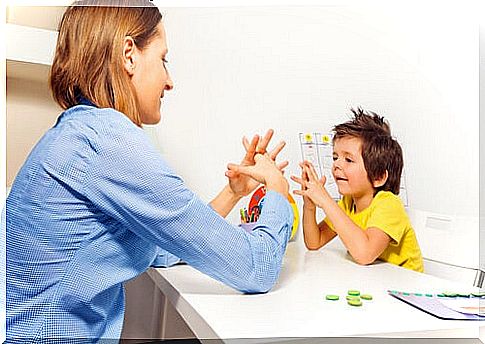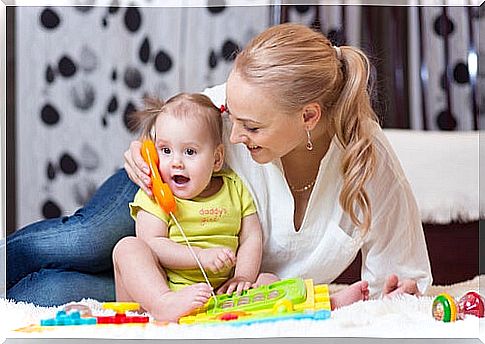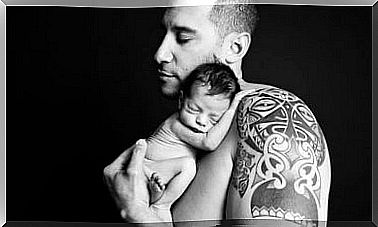Social Communication Disorder In Children

Social communication disorder (SSD) refers to certain restrictions in the pragmatic use of language. It hinders children’s verbal and non-verbal communication skills. This is not an exclusive characteristic of those with cognitive impairment.
Cited in the Diagnostic and Statistical Manual of Mental Disorders, TCS manifests itself in various ways. The most obvious symptom is the limited use of words or phrases in social contexts.
You can also see that the little obvious greetings and other expressions of courtesy. When he is forced to express them, he does so mechanically; there is no intention in the word, nor in the gestures.
Signs of communication disorder in children
People with a communication disorder understand only what is explicitly stated to them; they do not know inferences, double meanings or satires.
They do not listen to the intended pronunciation, nor do they “read” the gestures of the interlocutor; they also have difficulty pronouncing question marks and exclamation marks.
Social interactions are not in your interest. The development of speech is delayed and when it reaches a certain mastery of it, it cannot adapt it to different audiences or situations.

They do not know how to ask for advice or information. They do not keep the thread of a conversation, and it is difficult to abide by the rules of the good speaker and the listener.
Most of the time, their language is too formal. In essence, regulating interaction and adapting to contexts and needs is a serious problem for them.
TCS is not autism
The disorder of the social communication in children is observable from the first years. But with signs or symptoms that parents may not immediately distinguish.
It is sometimes confused with autism spectrum disorder. However, it can be ruled out due to the absence of repetitive behaviors and obsessive interests.
A child with TCS speaks in the same “tone” toward parents, peers, or strangers. He may not be being heard or understood, but he will continue his approach; You can even say offensive things without knowing it.
All of this interferes with your ability to make and keep friends. In addition, it affects the evolution of academic abilities such as reading and writing. Hence, their academic stage could become a traumatic experience.
What is the TCS attributed to?
The origin of the social communication disorder is unknown. However, some experts have indicated that it can be congenital or acquired. It is directly related to some “defect” in the right hemisphere of the brain, inasmuch as it prevents the processing of verbal and gestural language at the same time.
Another probable cause is indiscriminate exposure to toxins such as lead during pregnancy. As there is no certainty about the triggers, there is no preventive treatment.
Only the evaluation, diagnosis and timely care can help improve the quality of life of the child. Counselors, clinical psychologists, neuro-pediatricians, and language experts can provide valuable input. Especially when the social communication disorder is accompanied by:
- Hyperactivity
- Attention deficit.
How can social communication disorder be treated?
If a child is diagnosed with a social communication disorder, the ideal would be to draw up an individualized training plan.
This program includes speech therapy and social skills reinforcement. Parents, teachers, and specialists must be committed to finding effective strategies.
Even without needing a special educational system, from home and school you can work on adaptations and new teaching methods.

A flattering method for those who face this condition is to review the sayings and their meanings, but someone must explain and relate them.
The adult who intervenes must make the readings and dialogues interactive. You should stop, pause, and question the child on the subject for reflection.
Early detection and skill development are essential, as is skill development. Children with CSD must perceive a good communication model: one that establishes eye contact and respects speaking and listening times.
The specialist will suggest, in addition to medical treatment, the establishment of a series of strategies, games or sports disciplines for a positive response to various daily situations.
Activities that require taking turns or swapping roles work very well, as well as joint storytelling, in which, between pauses, the child has to answer questions, complete sentences, and reflect.
However, early detection is the key to the success of any procedure. Between five and fifteen years is when more signs appear and you have to be vigilant.










